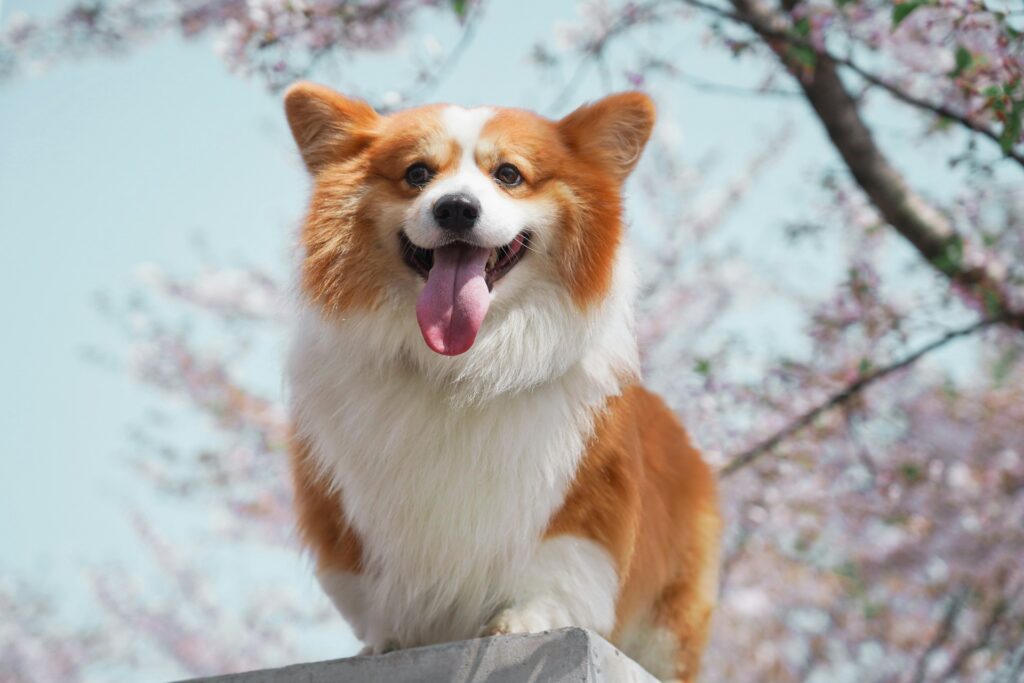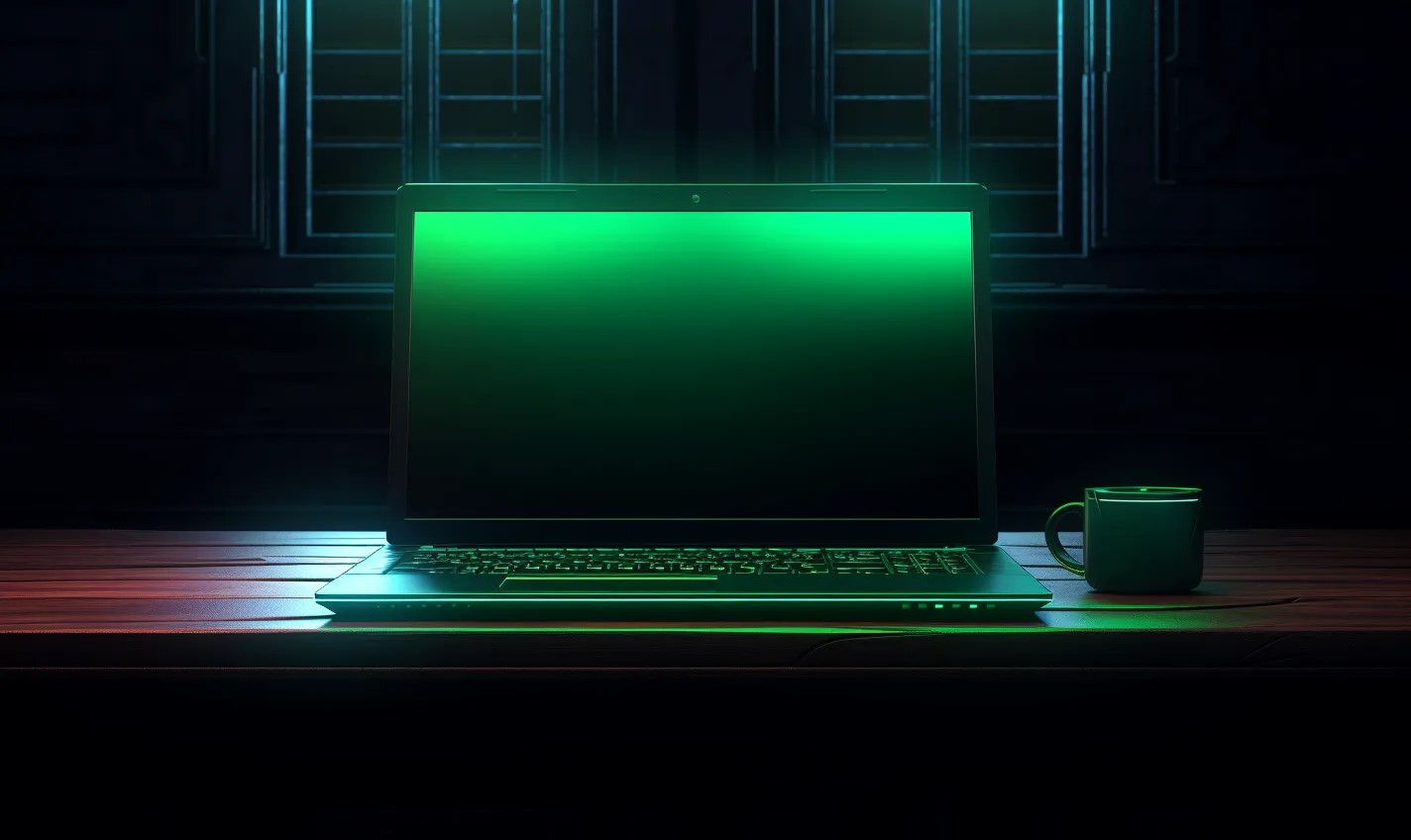It seems like everyone is talking about self-driving vehicles. Tesla has already introduced an autopilot that takes over for the driver in limited situations, but how does this technology behind driverless cars work?
How do these cars drive themselves, and how will this technology continue to change in the future? Is having a car that drives itself safe, or are there still some challenges engineers need to solve before we’ll be able to sit comfortably while a computer takes the wheel?
How Do Driverless Cars Drive?
If there is no one behind the wheel — or no wheel at all — how do driverless cars stay on the road and carry their passengers safely to their destinations? The answer to that question depends on who created the autonomous vehicle.
How does the technology behind driverless cars work? Uber’s self-driving cars use 64 laser beams to paint a picture of the world around them, while Google’s cars mix lasers, radar sensors and cameras to accomplish the same task. Teslas use a combination of cameras, ultrasonic lasers and radar sensors. These act as the car’s eyes, ears and other senses, allowing the vehicle to see the world around it.
The vehicles monitor pedestrians and other roadblocks to stay safe on the road. This data gets collected and sent to the car’s computer. From there, the technology behind driverless cars plots its route, controls acceleration and braking and steers it around obstacles.
The program can detect if something is in the car’s path and make it react accordingly. It can tell the difference between objects and — in most situations — can control the vehicle without human intervention. We say “in most situations” with the caveat that self-driving cars can’t yet do everything a human driver can.
Is Driverless Technology Safe?
Are driverless cars safe? It seems like whenever we hear about self-driving cars, it’s because they’ve been in an accident. However, the media loves sensationalizing the negative side of the story. Self-driving cars will likely be safer than human drivers in theory.
They obey all the rules of the road, don’t speed, don’t drive recklessly and won’t take their eyes off the road to check their phone when a text message comes in. The lasers and radar are also better than human eyes at keeping track of the vehicle’s surroundings in low-light or low-visibility conditions.
Current technology isn’t ready to take over the chore of driving entirely. Existing autopilot programs can handle some situations, but still require the driver to be aware of what’s going on and demand humans take over if the program encounters something it isn’t qualified to handle. Is the technology behind driverless cars safe? Yes, as long as you don’t expect it to do everything while you take a nap.
Engineering Challenges
What is stopping automotive manufacturers like Google, Uber and Tesla from rolling out a fully self-driving car? There are still a few hurdles engineers need to overcome before self-driving vehicles will hit mainstream highways across the country.
First is the challenge of creating and maintaining maps the cars will follow. Roads change constantly as they get repaired, upgraded or expanded. It’s also difficult for these vehicles to navigate in rural areas that don’t see a lot of traffic, so they’re not well-mapped.
There is also the problem of ethics. A human driver can make split-second moral decisions — deciding to hit a wall instead of striking a pedestrian, even though it might put them at risk.
Computers aren’t capable of making those decisions — at least not yet. If programmers can overcome this challenge and give the software the ability to decide how to react to these situations, we may not need human drivers anymore.
The Future of Driverless Technology
The potential for the technology behind driverless cars is there, but we haven’t fully realized it yet. Once engineers overcome the challenges that are holding them back, and the tech becomes more affordable, we might be able to move self-driving cars and taxis from the realm of science fiction squarely into science fact.
Recent Stories
Follow Us On
Get the latest tech stories and news in seconds!
Sign up for our newsletter below to receive updates about technology trends














